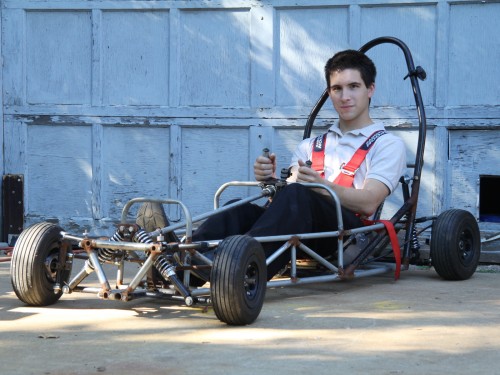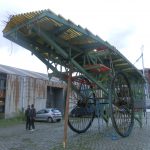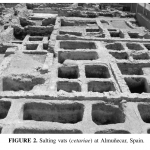“As technologies become easier to use and more cost effective their use can become almost ubiquitous. If they present a more convenient solution to an old problem, they can usurp older technologies very quickly, forcing obsolescence on otherwise excellent technologies and taking a dominant position. The use of Global Navigation Satellite Systems (GNSS) for deriving position, navigation and timing (PNT) data is such a case. The Global Positioning System (GPS) is currently the most widely used and best known example of GNSS.”
“Today, the relative ease of use of GPS in-car navigation systems means that many motorists rely entirely on GPS for navigation and if they have a road map as a back-up, it is not likely to have been used or updated in a long time. This is a trivial example of reliance on GPS with neglect of back-up systems, but the use of GPS signals is now commonplace in data networks, financial systems, shipping and air transport systems, agriculture, railways and emergency services. Safety of life applications are becoming more common.”
“One consequence is that a surprising number of different systems already have GPS as a shared dependency, so a failure of the GPS signal could cause the simultaneous failure of many services that are probably expected to be independent of each other.”
Global Navigation Space Systems: reliance and vulnerabilities (pdf). Summary.









